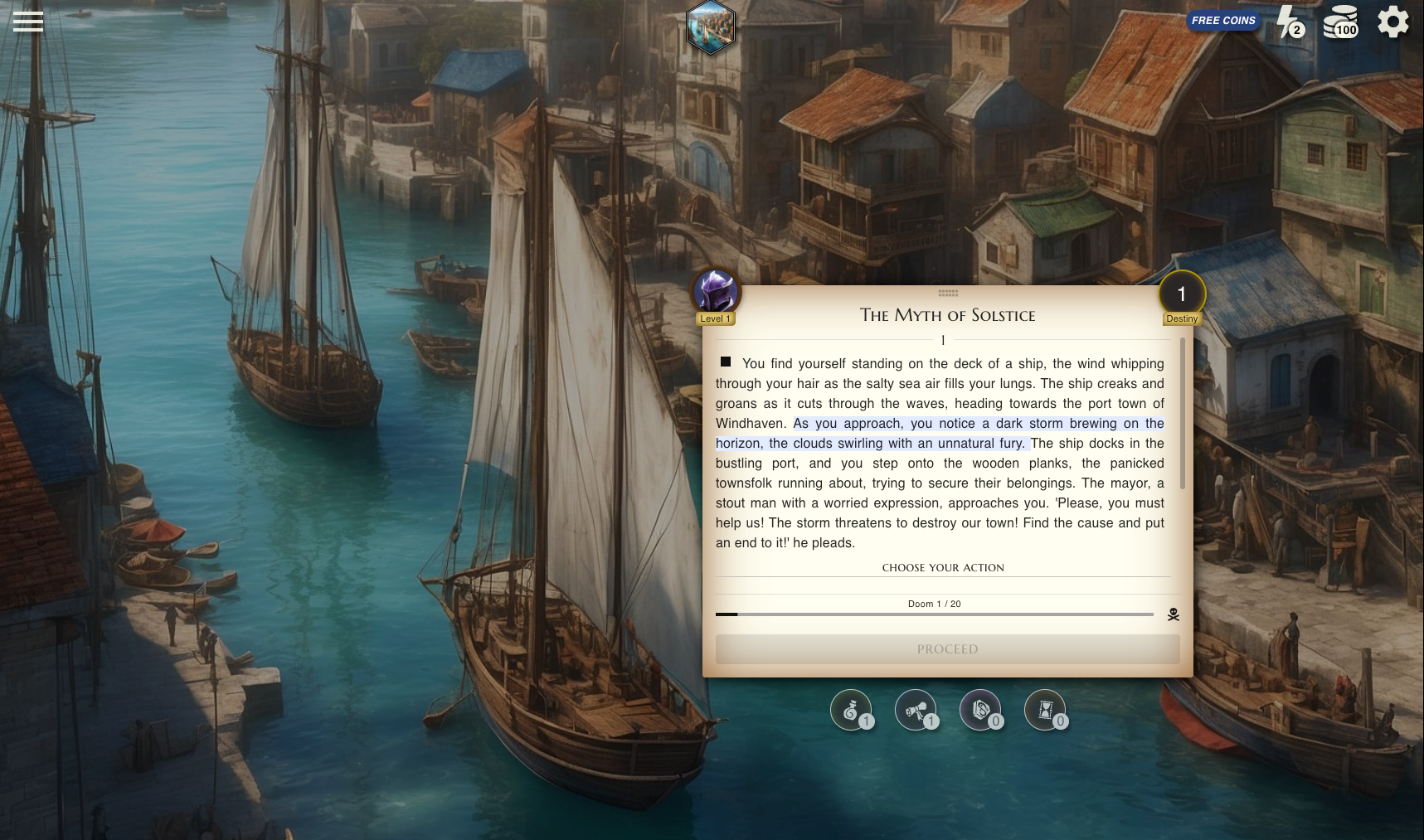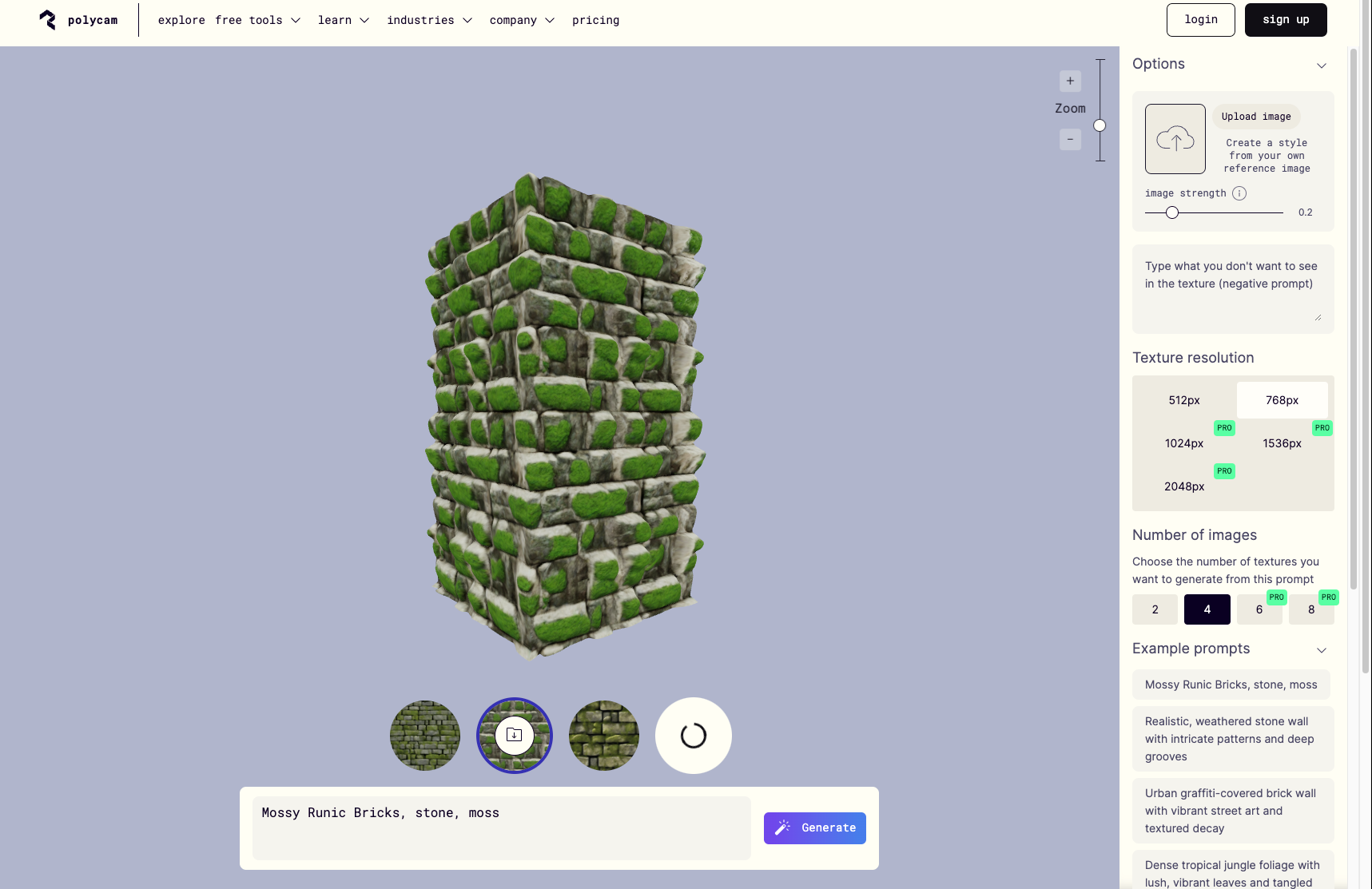
Revolutionizing Gaming: How AI Innovations Are Transforming the Future of Game Design

Revolutionizing Gaming: How AI Innovations Are Transforming the Future of Game Design
Key Takeaways
- NPCs with sophisticated behavior are now possible with advances in AI technology.
- AI can create infinite story outcomes, revolutionizing narrative possibilities in games.
- Personalized gaming experiences and AI-generated assets could make game development more sustainable.
Video game development is becoming so expensive and complex, that it might not be possible to push any further using existing production methods. However, several advances in AI technology could make development easier, and even make entirely new things possible in video games we’ve never seen before.
NPCs Who Think for Themselves

NVIDIA
Video games have always had some form of intelligence driving the behavior of non-player characters (NPCs) such as enemies, shopkeepers, or random people walking around a village. I remember how much of a big deal it was when Bethesda’s The Elder Scrolls IV: Oblivion introduced “Radiant AI “ where characters would have lives, routines, and behaviors independent of what the player was doing. It transformed how alive the game world felt, and there’s been steady improvement in these types of (relatively) simple AI systems.
Now, however, with the rise of multimodal generative AI, NPCs can be imbued with sophisticated, nuanced behavior. They can understand context, and react dynamically to the world and to the player in ways that weren’t possible before. A good example is NVIDIA’s “ACE” or Avatar Cloud Engine . Here characters can have dynamic conversations with the player (and I suppose with each other) with the right facial expressions, vocal tone, and so on.
You don’t even have to wait to try a version of this concept for yourself. If you own a copy of The Elder Scrolls: Skyrim (and who doesn’t?) you can use the Inworld Skyrim - AI NPCs mod which uses technology from Inworld Studios ,
Infinite Story Variation

Mythmaker AI
Video games that have a major narrative element, such as RPGs, often require Byzantine writing structures where human writers try to account for every player choice and for every possible ending. The most incredible modern example of this is Baldur’s Gate 3, but classic CRPGs such as Planescape: Torment were incredibly complex from this point of view and weren’t limited by having to fully voice every line in the way that Baldur’s Gate 3 is.
With modern AI technology using LLMs (Large Language Models) it’s possible to come up with an infinite number of branches or outcomes in a story. I foresee this having an impact when writing a game’s narrative in the first place, to help ensure that every player action can be mapped and have something written for it, or even integrated into a game, and have each player get a unique spin on the core story of a game.
There are already tools like Sudowrite which is a specialized novel writing tool that can keep track of characters, places, and every other element of a story. There are also nascent AI story tools specifically, such as MUSE which offers Mythmaker AI as an example of this technology.
Synthetic Voices in Any Language
If you’ve used any modern synthesized voice system, you know that they’re absolutely incredible. You’ve probably watched several social media video clips with AI-generated voices without even noticing. Likewise, if you’ve heard the synthesized voices from Open AI using the ChatGPT app , you’d be hard-pressed to tell that it’s not a real person speaking to you.
This technology goes hand-in-hand with what I’ve already discussed when it comes to NPCs and narrative dialogue generated by AI. Using these modern synthesized voices, made possible by AI technology, you can have infinite and dynamic speech options. That’s not to say that human voice actors aren’t necessary, In fact, it’s probably best to have a human voice actor develop the character’s unique voice and record the core main storyline dialogue the traditional way. Then use AI technology to clone their voice for that character and use the cloned voice model to do all the tiny variations and side content.
You can also take existing voice lines and use AI to dub them into any other language. You can try this for yourself with ElevenLabs’ AI dubbing and Video Translator . It’s amazing how well it works, albeit imperfectly. That said, this technology has the potential to negatively affect localization voiceover work, where studios may no longer need voice actors in languages other than English (for example) to record all the same dialogue as the core cast.
AI-Generated Assets and Environments

Polycam
Much of the work that goes into creating a video game is asset creation. Someone has to make the models and textures that form objects within the world. Using generative AI, it’s possible to make many of these assets rapidly. Sloyd and Meshy are two examples of services that will convert a text prompt into a 3D model that can be imported into a game, or further refined in a 3D modeling app of your choice.
When it comes to generating textures for your game world, there seem to already be numerous options. Just dipping my toes into these services, I found services like Texture Lab and Polycam’s AI Texture generator . Going further, there are already great AI music generators and sound effects generators .
Personalized Gaming Experiences
When you combine all the different technologies I’ve discussed above, it becomes obvious that in future games will become highly personalized. Not only will the game know things about you, it may even be that no two people playing the same game will have anywhere near the same experience. Everything from how a game looks, what sorts of beats the story has, and more could be tuned to you.
Whether that’s a good thing or not, there’s certainly a lot of love for open-world, semi-simulator games that have no end and will eat up as much of your time as you have to offer. So I think there’s certainly some scope for games that are personalized using AI technologies and adapt and change to keep you engaged. For better or for worse .
Cheaper Games?
Video games have been increasing in cost at an astronomical rate. A modern big budget game costs about the same as a big-budget Hollywood blockbuster. No matter how many people studios hire, they always seem to have more work than those people can reasonably do, and the issue of crunch is a persistent sore point in the games industry.
While there’s always the legitimate and reasonable fear that AI technologies will displace human workers, especially creative ones. there’s also plenty of scope for AI technologies to ease the strain of game development. It could reduce the cost of making games, reduce the final cost to users, help studios stay afloat, and help developers avoid crunch. Like any technology, AI game development tools could have a negative or positive impact, but I’m choosing to be hopeful that it’s going to make my favorite hobby more sustainable and let it advance even further.
Also read:
- [New] In 2024, Content Curation YouTube Vs. TikTok Showdown
- [New] In-Depth Look Top 6 Screen Recording Software Reviewed for 2024
- [New] Simplified Methods for Migrating Snapshots to Storage
- [Updated] In 2024, From Roots to Refined Rogue's Journey Through Genres
- Apple's Newest Challenge: Correcting Course on the Latest iPad Error for Future Success | Tech Insights
- Avoid Losing It All: Essential Don'ts for New Apple Vision Pro Users Revealed | Expert Advice
- Discover the Leading Handheld Game Devices 'S Gamers
- Discover the Overlooked Insights on Instagram Story Watching for 2024
- Grab Your New MacBook Air M1 for Less Than Half Price: Limited Offer at Just $649 - Find Out How on ZDNet Now
- Ideal Tools for Saving Your Online Video Presence
- In 2024, Innovative Techniques for Secure & Quality Vimeo Recording
- M2 or M1? Comparing Apple's Latest Computers – Mac Mini and Mac Studio Evaluated for Ultimate Speed & Power | Insights From ZDNet
- The Ultimate Guide Online Audio Recordings From YouTube
- Why Apple Enthusiasts Should Switch to This Amazing Qi2 Charging Station: All You Need to Know
- Title: Revolutionizing Gaming: How AI Innovations Are Transforming the Future of Game Design
- Author: Donald
- Created at : 2025-01-21 18:53:14
- Updated at : 2025-01-24 17:33:30
- Link: https://some-tips.techidaily.com/revolutionizing-gaming-how-ai-innovations-are-transforming-the-future-of-game-design/
- License: This work is licensed under CC BY-NC-SA 4.0.